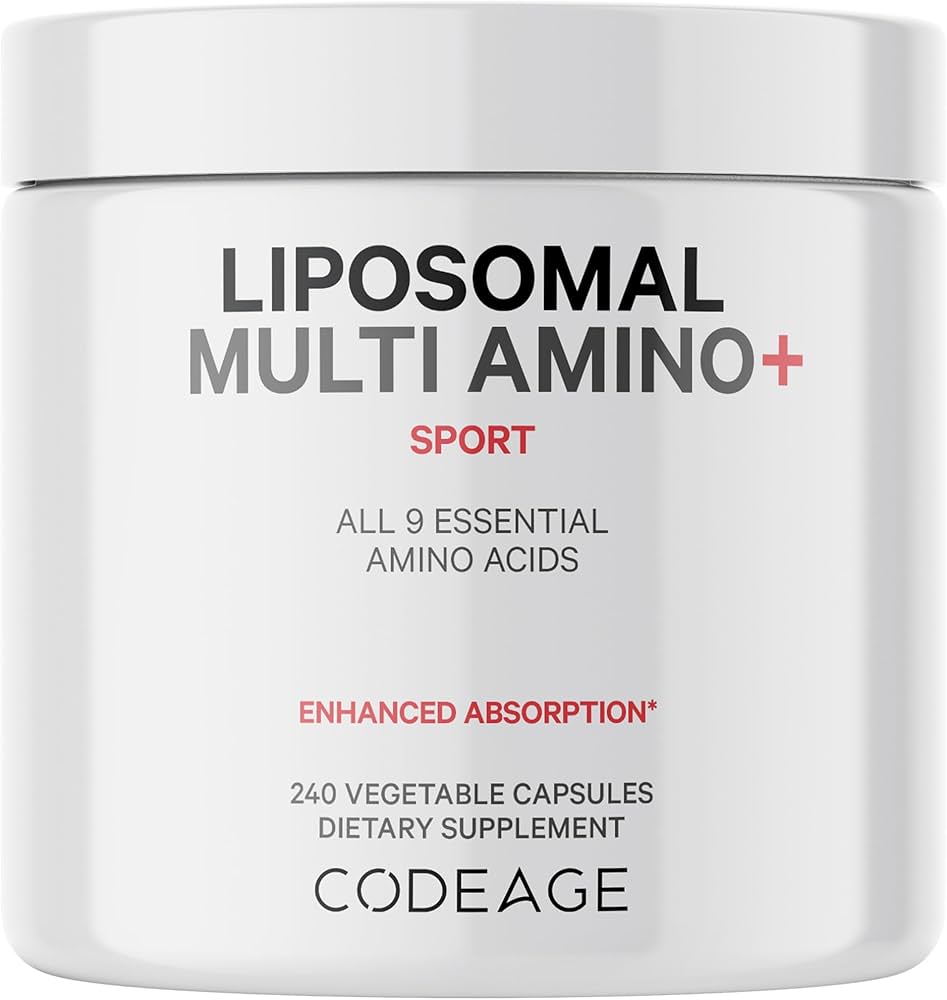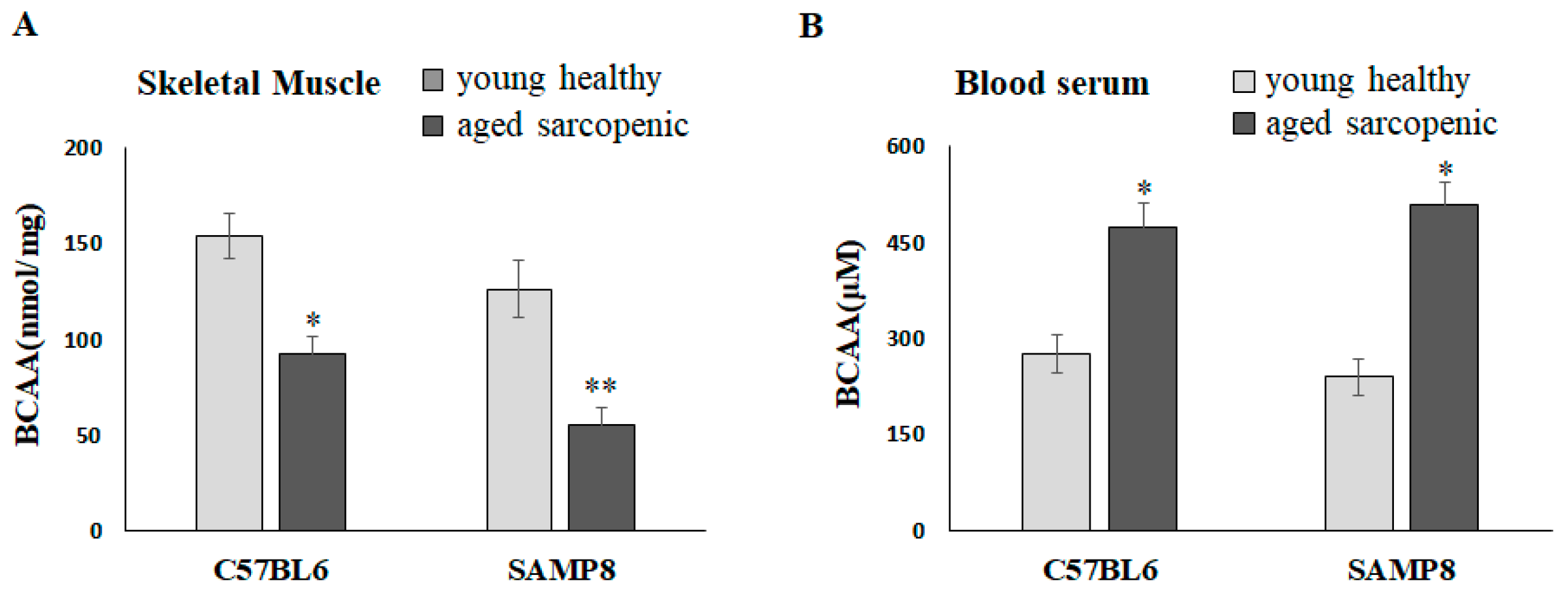Effective Ways to Use BCAA for Optimal Muscle Recovery in 2025
BCAAs, or branched-chain amino acids, are essential nutrients in muscle recovery and growth, particularly for athletes and fitness enthusiasts. These amino acids consist mainly of leucine, isoleucine, and valine, which play vital roles in protein synthesis and energy supply during intensive training. As 2025 approaches, understanding how to effectively utilize BCAAs can enhance your muscle recovery strategies while optimizing your overall fitness performance.
Incorporating BCAAs into your nutritional routine offers numerous advantages, including reduced muscle soreness, increased muscle mass, and improved exercise endurance. In the following sections, we’ll explore the best practices for integrating BCAAs into your fitness regimen, how to effectively dose them, the different forms available, and the science behind their benefits for muscle recovery and growth.
By following these strategies, you’ll be better prepared to maximize your workout efficiency and recovery capabilities. So, let’s dive into the effective ways to use BCAA for optimal muscle recovery!
Understanding BCAAs and Their Role in Muscle Recovery
The Basics of BCAA
BCAAs, or branched-chain amino acids, are vital for muscle health, acting as catalysts for muscle recovery and growth. They account for about 35% of the essential amino acids in muscle proteins, playing a critical role in protein synthesis and preventing muscle breakdown. By understanding the foundational aspects of BCAAs, athletes can better appreciate their practical uses.
Leucine, isoleucine, and valine are essential BCAAs that the body cannot produce; they must be obtained through dietary sources or supplements. This makes BCAAs vital in muscle recovery and overall athletic performance.
Benefits of BCAAs for Muscle Recovery
The inclusion of BCAAs in a training program offers multiple benefits, particularly in muscle recovery. One of the most notable advantages is their ability to reduce muscle soreness after workouts. Studies indicate that intake of BCAAs can help decrease delayed onset muscle soreness (DOMS) significantly.
Moreover, BCAAs can enhance the body’s metabolic processes by promoting the synthesis of proteins, acting as a direct source of energy during extended workout sessions. This can lead to improved performance and quicker recovery times, which is especially beneficial for those engaging in endurance training or high-volume workouts.
Common Sources of BCAAs
BCAAs can be found in various food sources and supplements. Foods high in protein, such as chicken, fish, eggs, and dairy, are excellent sources of BCAAs. Furthermore, for those following a vegetarian or vegan diet, BCAA-rich plants such as legumes, beans, and pulses can be beneficial.
In addition to dietary sources, BCAA supplements, available in forms like powders, capsules, or liquids, are popular among athletes seeking swift recovery. These supplements are particularly advantageous due to their convenient access to concentrated amino acids, allowing for precise dosage without excess caloric intake.
How to Effectively Dose BCAAs for Optimal Results
Recommended Dosage Guidelines
To harness the full potential of BCAAs, understanding the appropriate dosing is essential. A common recommendation is a dosage of 5 to 10 grams before and after workouts. This range ensures optimal muscle protection and recovery, helping to sustain performance without the risk of exceeding daily amino acid needs.
It’s crucial to tailor the dosage based on individual fitness goals, body weight, and training intensity. Those engaged in heavier training loads or wanting to enhance hypertrophy might require higher doses to support muscle repair and growth.
When to Take BCAAs
Timing your BCAA intake can significantly influence its effectiveness. Taking them before a workout can enhance energy levels and reduce perceived exertion, allowing for better performance during training sessions. Alternatively, consuming BCAAs post-workout aids in muscle recovery and reduces soreness.
Additionally, taking BCAAs between meals can help maintain a positive nitrogen balance, further supporting protein synthesis throughout the day and minimizing muscle breakdown.
Formulations: Powder vs. Capsules
BCAAs are available in various formulations, primarily powders and capsules. Each form has its benefits; powdered BCAAs often dissolve easily in water, making them convenient for hydration during workouts. They can be mixed with electrolytes or other supplements for a potent energy boost.
On the other hand, capsules may appeal to individuals seeking convenience and pre-measured dosages without preparing additional drinks. Depending on personal preferences and activity levels, one formulation may be more suitable than the other.
Combining BCAAs with Other Supplements for Enhanced Recovery
Stacking BCAAs with Protein Supplements
Combining BCAAs with protein supplements, such as whey protein, can amplify the benefits for muscle recovery. Protein supplements generally contain a full spectrum of amino acids, and adding BCAAs can boost the overall amino acid profile and promote greater recovery and growth.
This synergistic effect leads to improved protein synthesis, effective for individuals looking to gain muscle mass or recover efficiently after intense workouts.
The Role of Hydration with BCAAs
Optimal hydration is crucial when using BCAAs, especially during and after workouts. BCAAs may be ingested with water to enhance absorption and support hydration. Adequate fluid intake prior to, during, and after training complements BCAA supplementation, ensuring muscles remain hydrated and performance is maximized.
Supplementing with hydration formulated with electrolytes can work well in conjunction with BCAAs, as it prevents dehydration and ensures proper nutrient delivery to muscle cells.
Exploring Additional Ingredients for Advanced Recovery
For enhanced effectiveness, athletes can consider combining BCAAs with other recovery-promoting ingredients, such as glutamine and citrulline malate. Glutamine supports muscle recovery by reducing muscle soreness, while citrulline malate can help increase blood flow, improving nutrient transport to muscles during recovery.
This combination can result in faster recovery times and improved training performance, crucial for those committing to intense training regimens.
Practical Tips for Using BCAAs in Your Workout Routine
Creating a Supplement Schedule
Developing a structured BCAA ingestion schedule is vital for maximizing their benefits. Athletes should plan their BCAA intake around workout sessions, ensuring they consume them at optimal times for both energy and recovery.
This could involve mixing BCAA powder in water to sip during workouts or preparing an amino-rich post-workout shake. Keeping track of your supplement routine can help ensure you stay consistent in your recovery approach.
Monitoring Overall Nutrition
When using BCAAs as part of a broader nutritional strategy, it’s important to monitor overall macronutrient intake. Athletes should aim for a balanced diet encompassing adequate protein, carbohydrates, and healthy fats to complement the use of BCAAs.
Incorporating high-quality protein sources can enhance the overall effect of BCAA supplementation on muscle recovery, promoting health and performance in the long run.
Listening to Your Body’s Needs
Every athlete’s body is different, and personalizing your BCAA intake to align with individual needs is essential. Monitoring how your body responds to separate dosages, timing, and combinations will help in fine-tuning your approach to supplementing BCAAs.
Consider factors such as fatigue levels and workout intensity to adjust dosages or scheduling as needed effectively.
Common Mistakes to Avoid when Using BCAAs
Over-Supplementation Concerns
One of the common mistakes athletes make is over-supplementing BCAAs, thinking that more is always better. Excessive intake does not necessarily enhance recovery and can lead to an imbalance in amino acid levels within the body.
Stick to recommended dosage guidelines and consult with a nutrition professional if you need help determining the appropriate intake for your specific needs.
Neglecting Overall Diet
Relying solely on BCAAs for muscle recovery may lead to overlooking the importance of a complete diet. While BCAAs can be incredibly beneficial, they should complement a balanced intake of nutrients from whole foods. This ensures that all aspects of recovery and performance are addressed.
Ignoring Personal Recovery Needs
Understanding individual recovery needs is critical. Some athletes may require more recovery time and nutrient intake than others, influenced by factors such as age, training intensity, and health status.
Taking time to assess personal recovery needs can ensure BCAA usage aligns appropriately with athletic performance goals and overall health objectives.
Q&A: Your BCAA Questions Answered
What are BCAAs, and how do they benefit muscle recovery?
BCAAs, or branched-chain amino acids, are essential nutrients that aid in muscle recovery by reducing soreness and promoting protein synthesis. They are vital for anyone engaged in intense physical activity, helping to speed up recovery times and enhance overall performance.
When is the best time to take BCAAs?
The most effective times to take BCAAs are before and after workouts. A pre-workout dose can enhance endurance and energy, while a post-workout dose aids in recovery and muscle rebuilding.
How do I choose the right BCAA supplement?
When selecting a BCAA supplement, look for high-quality products that contain a balanced ratio of leucine, isoleucine, and valine. Opt for reputable brands and forms that suit your lifestyle, whether powdered or in capsule form.
Can BCAAs help with weight loss?
While BCAAs primarily focus on muscle recovery, they can indirectly support weight loss efforts by preserving muscle mass during caloric deficits, thus aiding metabolic health and energy levels.
How many grams of BCAAs should I take per day?
A common recommendation is between 5 to 10 grams of BCAAs before and after workouts. However, this can be adjusted based on individual training intensity and goals.
Conclusion: Optimizing Muscle Recovery with BCAAs
Utilizing BCAAs effectively can lead to significant improvements in muscle recovery and overall athletic performance. By understanding the science behind them, adhering to proper dosing, and synergizing them with overall nutritional strategies, you can optimize your training and recovery routines. The year 2025 brings exciting advancements in fitness, and being equipped with the right knowledge about BCAAs positions you for successful recovery and growth.
For visual insights on BCAAs, check out these images:


For further reading on sports nutrition and supplementation, explore this article and more tips for recovery in this guide.
